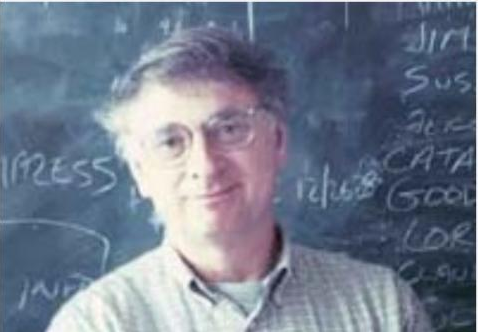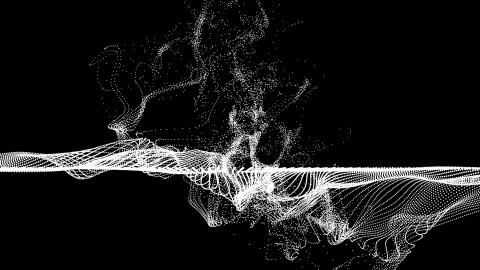On August 19-23, 2019, the University of Washington (UW) will hold a conference titled Modern Aspects of Complex Analysis and Its Applications in Seattle. The conference is in honor of UCLA Mathematics Professor John Garnett’s retirement and UW Mathematics Professor Don Marshall’s 70th birthday. John received his Ph.D. from the University of Washington in 1966 under Irving Glicksberg and joined the UCLA Mathematics faculty in 1968.
Please visit the UW website to register for the conference. Additional sponsors include the National Science Foundation (NSF) and the Pacific Institute for the Mathematical Sciences (PIMS).



